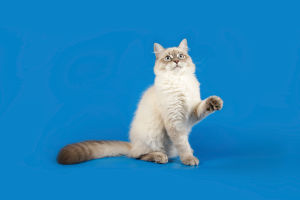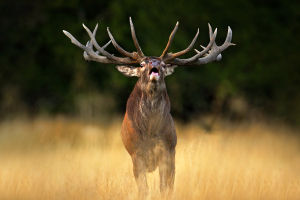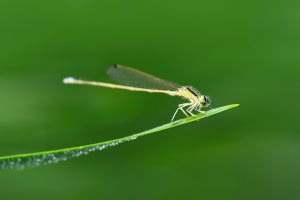Hey Lykkers! Let's join on a journey into the world of one of the most revered and majestic creatures in the animal kingdom, the tiger.
Known for their striking stripes and powerful presence, tigers are not just about strength and stealth, they come with a few quirky traits too!
Tiger Tails
Did lykkers know that a tiger's tail is about 3 feet long and can serve various functions? From communicating with other tigers through subtle twitches to helping maintain balance while making sharp turns during the chase, it’s more than just a stylish appendage!
Tigers 101 | National Geographic
Video by National Geographic
Striped Unique
Every tiger bears a unique set of stripes, a natural pattern that is as individual as human fingerprints. This distinctiveness is not only a beauty mark but also serves a critical role in camouflage and has practical research applications, allowing conservationists to track and study individual tigers in the wild using camera traps.
Chuffing Around
Tigers have a special way of saying hello. They make a noise called a chuff, a friendly greeting exchanged between individuals, showing that not all tiger vocalizations are fierce roars.
Water Babies
Contrary to the typical feline aversion to water, tigers are adept swimmers and relish the opportunity to immerse themselves in bodies of water. This behavior not only helps them cool down during the hottest parts of the day but also provides strategic advantages in hunting, allowing them to drag their prey into the water to limit escape opportunities.
Mighty Jumpers
A tiger can leap distances of over 20 to 30 feet in a single bound. This incredible ability makes them formidable hunters, capable of catching prey from considerable distances.
While tigers might be some of the most awe-inspiring predators in the natural world, their unique behaviors and traits add layers to their fierce reputation. From their distinctive stripes to their unexpected love of water, tigers continue to fascinate and surprise wildlife enthusiasts and researchers alike.


